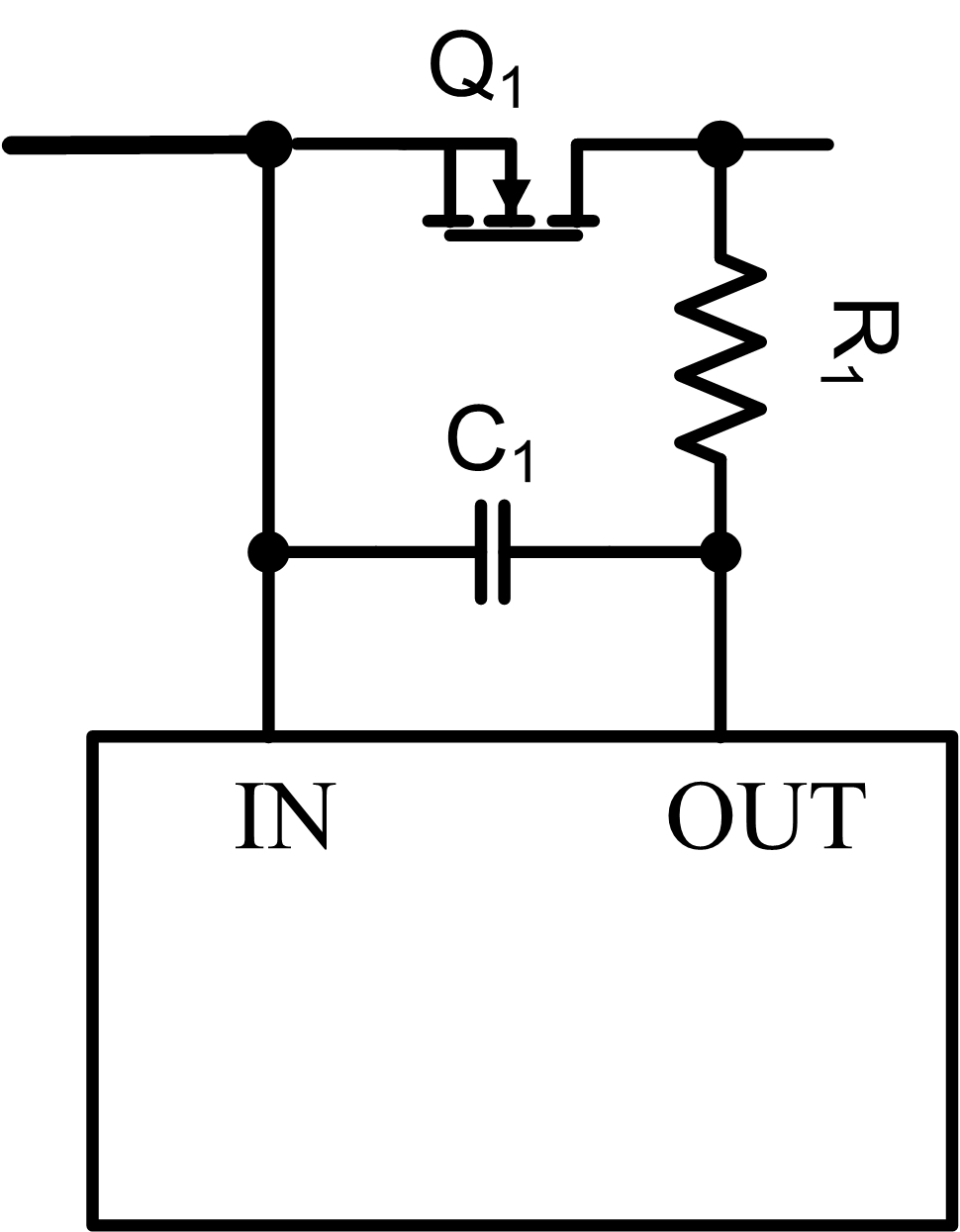I have the LM5050-1 connected exactly as described in the datasheet, but am seeing very noisy output when the voltage goes above 17V. Up to that point, it works and maintains ~20mv across the FET, but once I reach the 17V threshold, the roughly 2.6V gate drive drops to around 0.9V and has 2V of sawtooth noise at roughly 800 hz (the frequency is not stable) on it, and the voltage across the FET increases to roughly 0.5V.
I have tried the following:
I added the 100 ohm resistor and 0.1 cap going to Vs (Vout and Vs were originally tied together)
I added a 100 uF cap at the output
I changed the 0.1 uF cap on Vs to 4.7 uF (ceramic MLC)
Each of the changes improved things a bit, but none have really solved the issue. This circuit has to operate at 27.6V (2 SLA batteries)
I am trying to change to this part from an LTC ideal diode controller, but so far its not looking all that promising.



